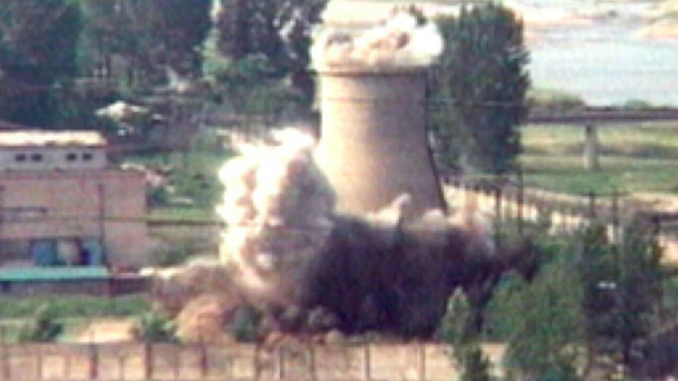
North Korea has apparently restarted construction of a once-dormant nuclear reactor that, if completed, would “dramatically increase” its capacity to manufacture plutonium for nuclear weapons, according to a sourced report combined with recent satellite images obtained by CNN.
The above-Earth images covered April and May 2022 and seemingly indicate that North Korea — one of only four countries on the United States’ “sponsors of terror” list — has resumed constructing the second core reactor at its Yongbyon nuclear complex “after years of inactivity,” citing experts at the Middlebury Institute of International Studies who analyzed the satellite photos.
This assessment coincides with leader Kim Jong Un’s reported vow from last week to advance North Korea’s nuclear program.
The second reactor at Yongbyon is approximately 10 times as large as the original reactor, which had been operating since the late 1980s.
Once operational, the second Yongbyon reactor could potentially enable North Korea to increase its plutonium production for nuclear weapons “by a factor of 10,” according to Jeffrey Lewis, a weapons expert and professor at the Middlebury Institute.
Despite the apparent construction renewal, a Pentagon spokesman, Lt. Col. Martin Meiners, declined to comment on whether North Korea has cemented plans of significantly upgrading its Yongbyon reactor cores.
“However, we’ve been very clear on the threat posed by the Democratic People’s Republic of Korea (DPRK) nuclear and missile programs, our commitment to the defense of the ROK, Japan, and the U.S. homeland, and our shared objective of the complete denuclearization of the Korean Peninsula,” Meiners said.
The satellite images confirm one thing, though, from Lewis’ perspective.
North Korea is “connecting the secondary cooling loop of the 50 MW(e) reactor to a pumphouse on the river. (For the April 20 image), construction equipment is visible, as are what appear to be pipe segments. By May 7, North Korea had buried the pipe.
“The connection of the cooling loop helps explain other activities seen at the 50MW(e) reactor in recent years,” Lewis said of an observed demolition of a building last year that was reportedly thought to be a cooling pond for spent fuel.
In 1994, North Korea originally halted construction of the Yongbyon nuclear reactor, under the framework of its agreement with the U.S.
Via Newsmax
